A trip to Agra lets you see the splendid historical monuments, from forts to tombs and other structures. All of these represent the epitome of fine Mughal art and architecture. The Tomb of Salim Chisti is one such structure located in Fatehpur Sikri. Fatehpur Sikri, a UNESCO World Heritage Site, was established by Akbar to serve as its capital. It was abandoned soon after due to water scarcity. It was built by the Mughal emperor Akbar to honour the famous Sufi saint Salim Chisti between the years 1571 and 1580. And what a fine specimen of beauty it is! Located in the premises of the Friday Mosque complex, it is made of pure white marble and stands graciously on a plinth. The immense respect and the highest place that it occupies in the hearts of its devotees is reflected in its aesthetics and proportions.
Many of the Mughal era structures that you will come across during your Agra Fatehpur Sikri Tour will be backed by one legend or the other. This one is no exception. It is commonly believed that Akbar, who didn’t have an heir to succeed him, visited Salim Chisti. He sought his blessings, and sure enough, he was blessed with a son whom he called Salim, who would later become famously known as Jahangir. It houses the tomb of this famous Sufi saint who was a descendant of Moinuddin Chisti of Ajmer.
The Tomb of Salim Chisti, one of the famous tourist attractions near Agra, is visited by a large number of women every year. They seek blessings at this holy shrine by tying a thread on the jali windows with the hope of being blessed by a child. When their wishes come true, they return to express gratitude and appreciation to the saint for fulfilling their wish.
Architecture
The Tomb of Salim Chisti is located inside the Friday Mosque Complex in Fatehpur Sikri and faces the main entrance of the mosque courtyard, Buland Darwaza. The architecture of this splendid monuments reflects a combination of Hindu, Jain and Islamic elements. The building which you see today is believed to be an improvement upon the original. The original structure built by emperor Akbar varied in its proportions, being significantly smaller with red sandstone used in its construction.
The inner tomb chamber was all that stood at that time. Later modifications on the tomb were carried out by his son, Jahangir. He made several additions, including the verandah, southern porch and marble cladding. As a result, the tomb today measures 14.63 meters on each side and is built in makrana marble, famous for its quality and texture. Historians estimate that the changes were carried out some 20 years after Akbar built the original structure.
They reached their conclusions based on the fact that the marble used in its construction do not belong to Akbar's period. In fact, the use of marble was not popular during those times, and in cases where it was used, was done so sparingly. Some examples backing this statement are two other outstanding structures built by Akbar, Humayun's Tomb in Delhi and Jahangiri Mahal in Agra. The Tomb of Salim Chisti has been decorated using repeated patterns of straight lines, six sided stars and the swastika (which is a Hindu and Buddhist symbol), which makes its appearance in the jali panels of the verandah. Important details of this structure are the lotus motif and chakra motifs, in the presence of traditional Islamic and Arabic inscriptions.
The interiors of the tomb are adorned with some spectacular paintings and cover all parts of it. These paintings are an amalgamation of organic and geometric motifs, and going by that style, are believed to belong to the reign of Shah Jahan.
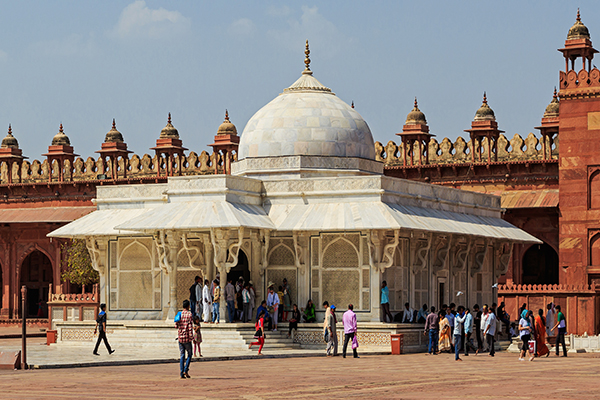
Interesting Facts
- It is believed that the saint Salim Chisti turned down an invitation by Akbar to be his royal guest and refused to accept the gifts brought by the royal guard.
- During his lifetime, Salim Chisti had the power to perform many miracles, and could also perform some deeds which were considered quite impossible.
- Inscriptions from the holy book of the Muslims, the Quran, are to be found on both the inner and outer walls of this holy structure.
- It is the only structure made of white marble in the red sandstone Fatehpur Sikri complex, and stands out for this very reason.
Entry Fee
The entry fee is different for domestic and international tourists. Indian tourists, as well as those from SAARC and BIMSTEC countries, will have to pay 35 INR. International tourists, however, will have to pay an entry fee of 550 INR. Children under the age of 15 will not be required to pay an entry fee.
Best Time to Visit
As a tourist attraction, the Tomb of Salim Chisti, located in the state of Uttar Pradesh, can be visited throughout the year. However, the best time to plan a trip to Fatehpur Sikri largely depends on you, depending on what time you are comfortable travelling in. During the summers, it can get quite hot and humid, and many people avoid travelling during this time for this very reason. The temperature during the summers fluctuates between 40°C and 45°C. During the winters though, the weather is cool and pleasant. The average temperature during this time is 24°C, which is just right for sightseeing and exploration. Many people prefer to visit it during this time.
Nearby Tourist Attractions
After visiting and seeking blessings at the Tomb of Salim Chisti, there are other popular tourist attractions in and around Fatehpur Sikri which can you check out. Here are some of them.
- Ibadat Khana
- Naubat Khana
- Mariam-uz-Zamani
- Buland Darwaza
- Jama Masjid
- Jodha Bai's Palace
- Panch Mahal
- Tomb of Akbar the Great
- Badshahi Darwaza
- Agra Fort









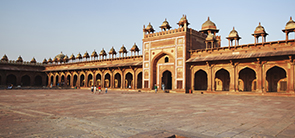
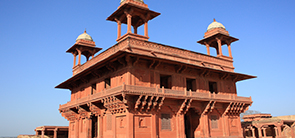
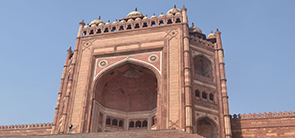
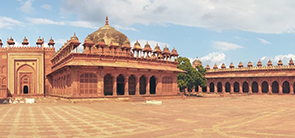
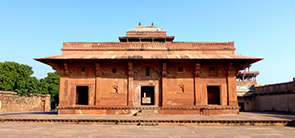
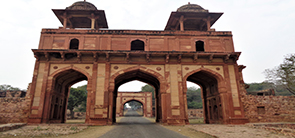

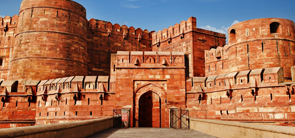

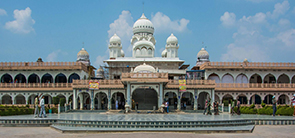
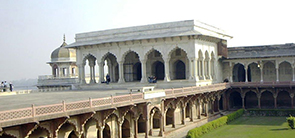
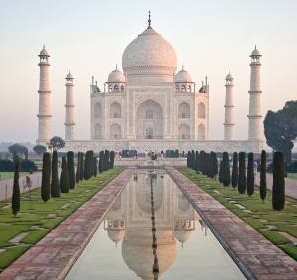
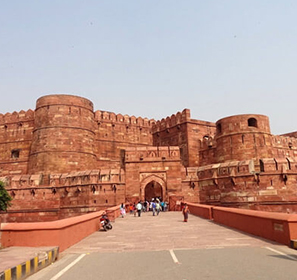
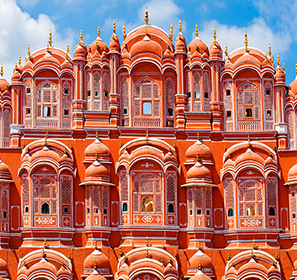
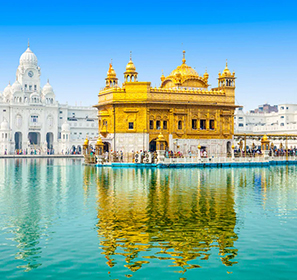
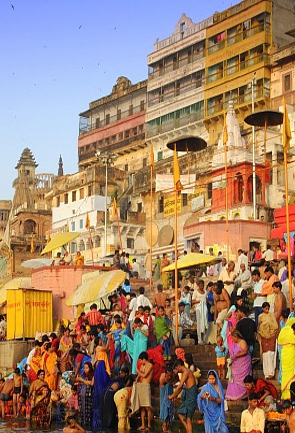



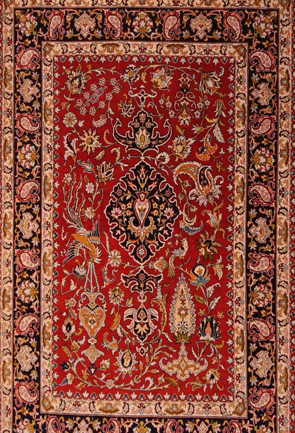
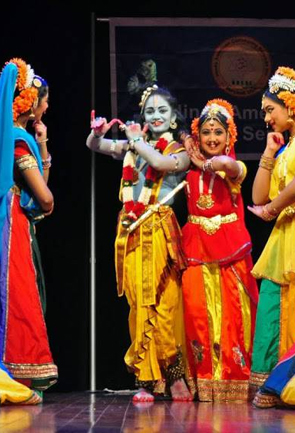
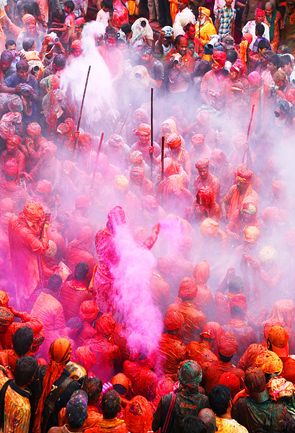


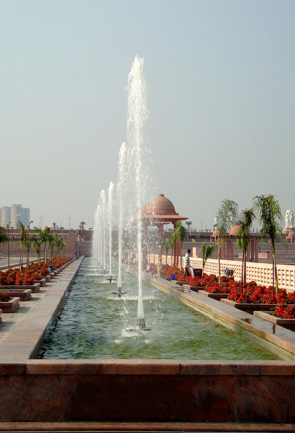

 Plan Trip
Plan Trip Call Us
Call Us Packages
Packages Home
Home